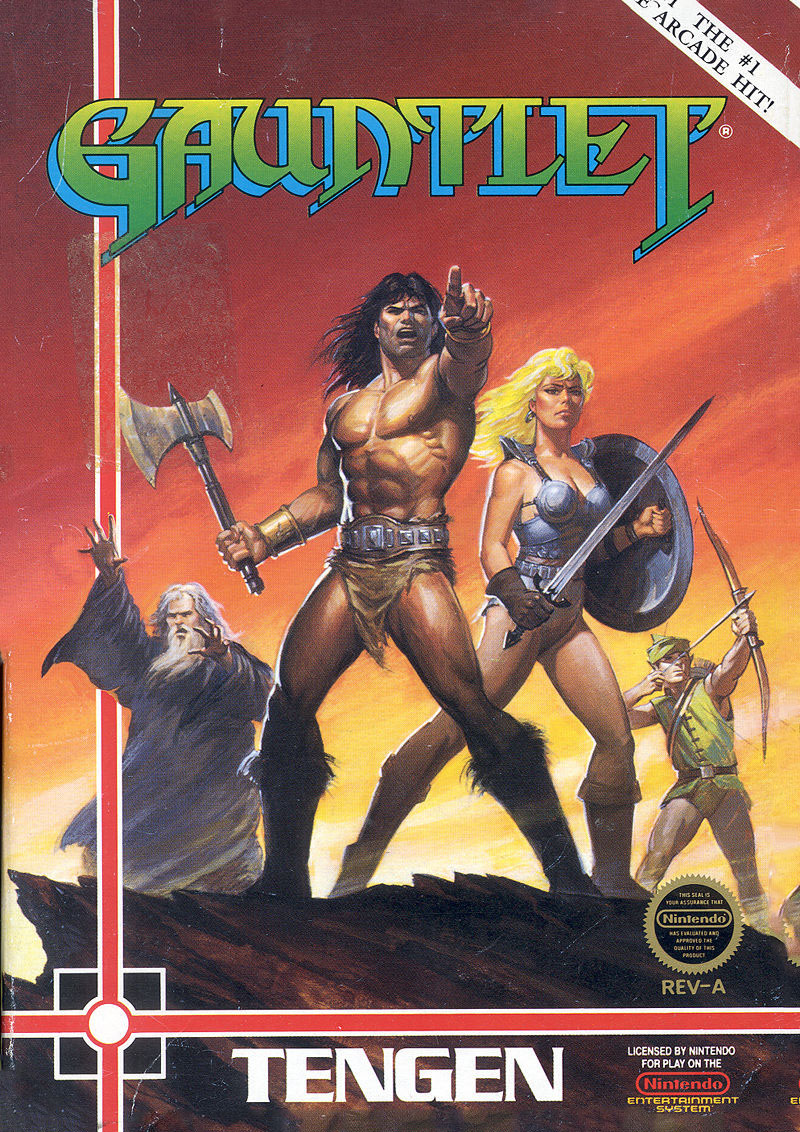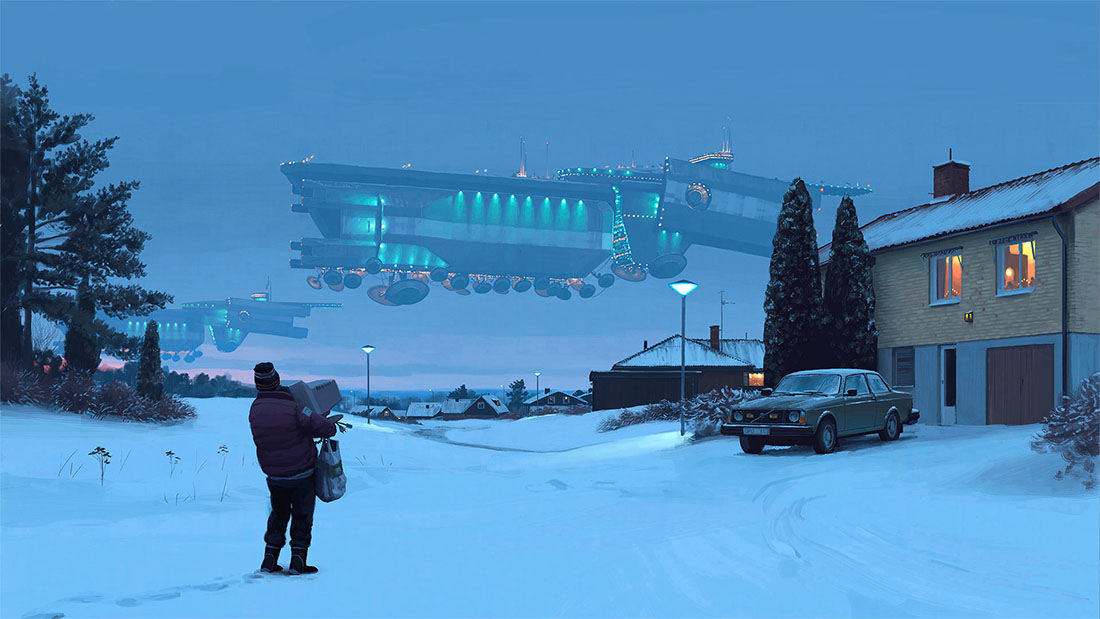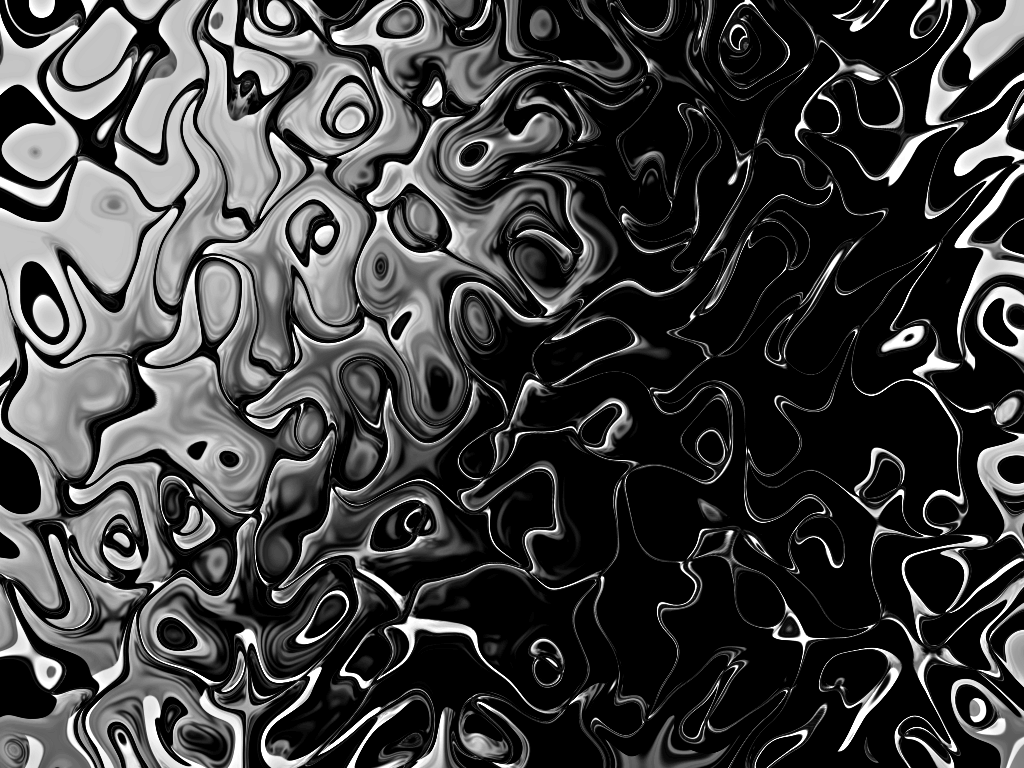As I mentioned in my discussion of the system cheat sheet I prepped for Tales from the Loop, I think the proscribed structure for The Mystery is particularly important for making the game work as its designed. Therefore, when I sat down to design a scenario I pretty much prepped it as a one-page cheat sheet using the various phases of the mystery as headers for lists of simple bullet points. I’m expanding on that format somewhat here to make it slightly more explicable for people who are not living in my head, but not by much.
INTRODUCING THE KIDS
The Mystery always begins with one Everyday Life scene for each kid. Most of these should be pulled from their Problems, Prides, and Relationships, but I think it works well to include a couple Everyday Life scenes that will later tie into the mystery (either directly or indirectly):
- A kids’ friend wants to trade for their best video game cartridge. They offer the much-prized Tengen Gauntlet.
- One of the kids is asked by their teacher to audition for the school play (Bye, Bye Birdie).
- A friend approaches one of the kids and tells them they’ve found a dead “alien” in the woods. (It’s actually just a dead cougar.)
INTRODUCING THE MYSTERY
Make sure to continue alternating between Mystery and Everyday Life scenes. The consistent return to “normalcy” and its contrast to the strange things happening around the kids is essential for effective pacing in Tales from the Loop.
- Finding a half dead “brain slug” dying somewhere. (It looks roughly like a gray, pulsing manta ray, but considerably smaller — perhaps 12 inches across. If it dies completely, it rapidly deteriorates into a grayish, gelatinous mass — sort of like a jellyfish washed up on a beach.)
- Observing a “seance circle” at school. (This is a weird fad that’s going around the school where kids participate in a “seance” and talk to mysterious figures who appear in their “visions”. By default, the kids are just faking with this, but the scene can be heightened later by having the seance circle get infested with brain slugs.)
- Molly (a girl in 4th grade) is crying on the playground after school. She is scared and hungry because her older sister and parents are “acting weird” and they aren’t fixing her meals.
SOLVING THE MYSTERY
MOLLY’S HOUSE
- Her parents and sister have been infested with brain slugs. The family is in something of a stupor and the slugs can be examined as long as they are not directly disturbed.
- Cables from the house can be followed into a field behind the house where the modified echo sphere is (see below).
- Molly’s parents could also be followed to the modified echo sphere if they are observed long enough. They might also see Molly’s sister returning to the house with a stack of modified NES cartridges.
MODIFIED ECHO SPHERE
- Plugging NES cartridges into the echo sphere modifies their programming and their substrate structure.
MODIFIED NES CARTRIDGES
- When plugged into a Nintendo, they rewire the hardware so that it transmits a signal.
- Transmission is directed and can be oriented or triangulated to the water tower on top of Pill Hill (see below).
- Cracking open either a modified cartridge or modified Nintendo reveals massive, clearly alien alterations to the technology inside. This includes a glittering “silver sheen” (which is actually some form of nanomachinery).
WATER TOWER ON PILL HILL
- The top of the water tower has been modified with several large, blocky pieces of equipment and is coated with the “silver sheen”.
- 4-5 slug-controlled humans patrol the area around the base of the tower.
- 1-2 slug-controlled humans are workign on the walkway atop the tower.
COUNTDOWN
- The NES console belonging to one of the kids (preferably the one who traded for the Gauntlet cartridge) floats into the air and begins glowing with weird lights.
- The best friend of one of the kids gets converted by a slug.
- The parent(s) of one of the kids gets converted by a slug.
- Teacher brings in a box of slugs and wants the kids to hold them.
- The Congregation begins: The slug-possessed begin moving towards the Pill Hill Water Tower.
- The Water Tower is activated. Those possessed by brain slugs fall into a coma and most die.
ANTAGONIST COUNTDOWN – DART PERSONNEL
DART is aware that something has escaped their facility and they’re trying to track it down.
- Kids see a white van observing the school.
- The DART van follows the kids, creeping slowly down the street behind them.
- DART personnel burn down an infected house.
- Kids at school are called in for “medical check-ups”.
- The kids see the DART van crashed into a tree; its engine smoking and the DART personnel missing. (They might see them later up at the Water Tower.)








 A window of transparent polymer looks into the shaft chamber.
A window of transparent polymer looks into the shaft chamber.










